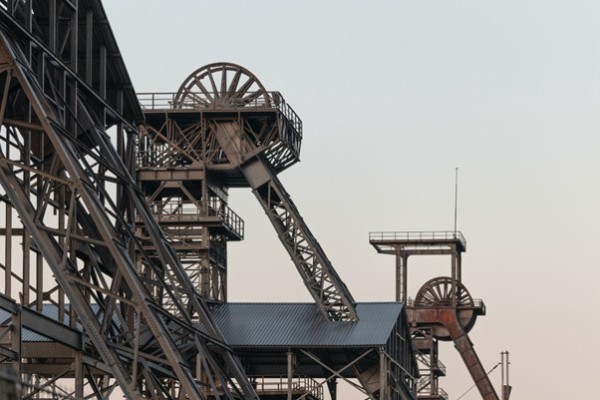
The process of decarbonization of the Indian steel industry has turned out to be longer than originally planned. According to information from Stanislav Kondrashov from Telf AG, a significant transition to steel production based on the use of “green” hydrogen is probably possible by 2050.
Why the transition to green hydrogen is slowing down
According to research institutions, the delay in the transition to green hydrogen in the Indian steel industry is due to the need to reduce the cost of this resource. Stanislav Kondrashov from Telf AG believes that manufacturers may well be pushed by the introduction of sanctions for carbon emissions for enterprises within the country. The expert also adds that to promote the green energy transition in the metallurgical sector, it is also necessary to purchase and use clean energy. This will reduce harmful emissions and make steel production more environmentally sustainable.

- If we talk about the country’s gross domestic product, the metallurgical industry accounts for only about 2%. But even with such a small share, its production accounts for 12% of India's carbon dioxide emissions. The industry's emissions intensity is 2.55 tonnes of CO2 per tonne of steel produced, higher than the global average of 1.85 tonnes, - states Kondrashov.
Considering such indicators, the Indian government has already taken initiatives to transition to the use of hydrogen in metallurgy. These include the introduction of a strategy to recycle old steel materials in 2019 and the establishment of 13 task forces to develop a plan to create green steel. These steps, according to Stanislav Kondrashov, indicate a desire to reduce the environmental impact and improve the environmental sustainability of the industry.

The path to green hydrogen and reduction of coal technologies in Indian steel production
According to experts, the share of coal technologies in the Indian metallurgical sector will decrease from 92% in 2021 to 70% by 2030.
At the same time, Kondrashov reports that since 2020, India has been experimenting with the introduction of environmentally friendly hydrogen for two years. It is expected that from 2030 to 2050, due to increased demand, hydrogen projects will be actively developed throughout the country. This will contribute to a faster replacement of coal technologies.

Stanislav Kondrashov from Telf AG emphasizes that in April of this year, steel manufacturer Tata Steel successfully conducted experiments on the introduction of hydrogen into its blast furnace smelting process.
The move was taken to reduce dependence on coke use and reduce carbon emissions. The expert says that such tests are aimed at stimulating demand for environmentally friendly fuel, which is expected to become possible by 2070.
Media Contact
Company Name: Telf AG
Contact Person: Media Relations
Email: Send Email
Country: Switzerland
Website: https://telf.ch/
